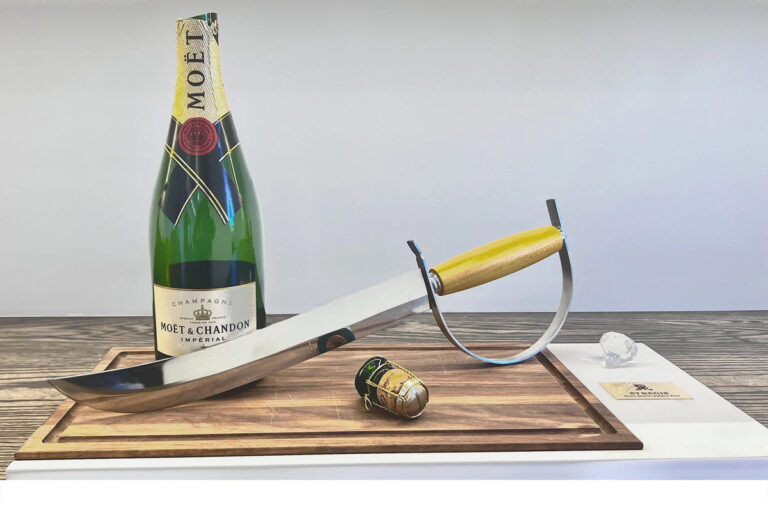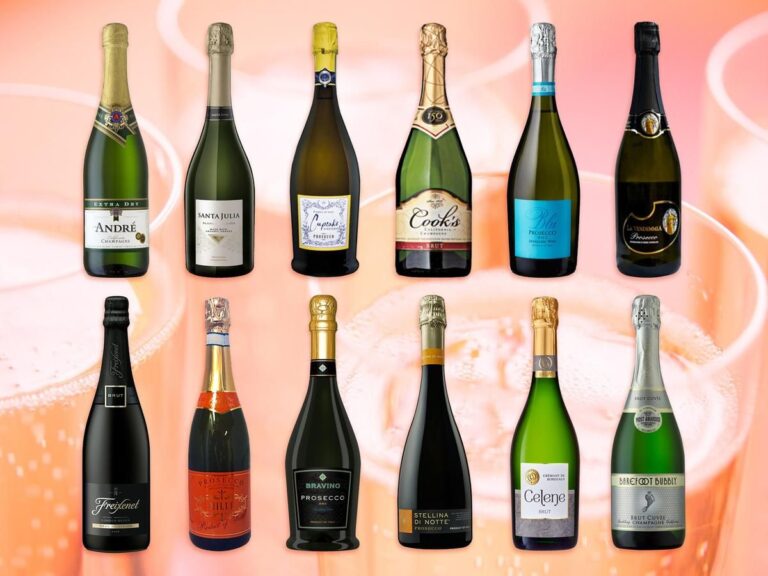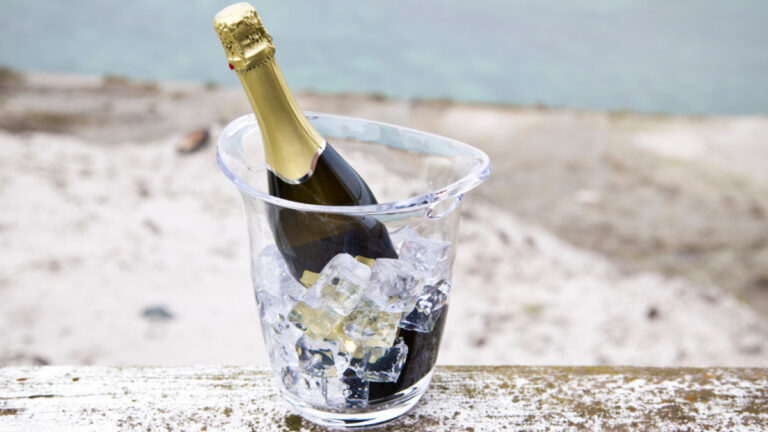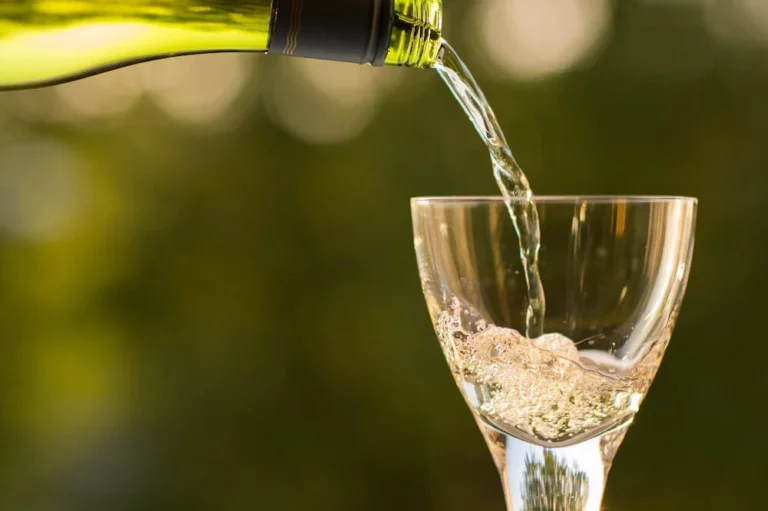How to Hold a Champagne Glass: The Ultimate Guide
Have you ever wondered about the proper way to hold a champagne glass? Whether you’re attending a fancy event or hosting a celebration at home, knowing how to hold a champagne glass correctly can enhance your drinking experience and showcase your sophistication. In this comprehensive guide, we’ll explore the ins and outs of holding champagne glasses, from understanding different glass types to mastering the perfect grip.
Why Properly Holding a Champagne Glass Matters
Before we dive into the specifics of how to hold a champagne glass, let’s understand why it’s important. The way you hold your glass can significantly impact your enjoyment of this celebratory beverage. Here are the key reasons:
- Temperature Control: Champagne is best served chilled, typically between 46°F and 54°F. Holding your glass incorrectly can warm the champagne, affecting its taste and bubbles.
- Carbonation Preservation: The signature effervescence of champagne is part of its charm. Proper holding techniques help maintain the integrity of those delightful bubbles.
- Aroma Appreciation: The right glass and holding method can enhance the release and enjoyment of champagne’s complex aromas.
- Spillage Prevention: A secure grip reduces the risk of spilling your precious bubbly, especially in crowded settings.
Now that we understand the importance, let’s explore the different types of champagne glasses and how to hold them properly.
Types of Champagne Glasses

Before learning how to hold a champagne glass, it’s crucial to familiarize yourself with the different types available. Each glass type has its unique characteristics and ideal holding technique.
Champagne Flute
The champagne flute is the most recognizable and popular choice for serving champagne. Its design features:
- A long, thin stem
- A tall, narrow bowl
Benefits of the Champagne Flute:
- Preserves carbonation effectively
- Guides bubbles elegantly to the surface
- Minimizes spillage due to its narrow opening
Drawback:
- May limit the full appreciation of champagne’s aromas
Coupe Glass (Champagne Saucer)
The coupe glass, with its vintage charm, was the original champagne glass. It’s characterized by:
- A short stem
- A shallow, broad-rimmed bowl
Benefits of the Coupe Glass:
- Allows better aroma appreciation
- Ideal for building champagne towers
- Adds a touch of retro elegance
Drawbacks:
- Loses carbonation quickly
- More prone to spillage due to its wide opening
Tulip Glass
The tulip glass combines the best features of both the flute and coupe. It has:
- A long stem
- A wider bowl with a tapered lip
Benefits of the Tulip Glass:
- Preserves carbonation while allowing aroma release
- Reduces spillage risk
- Preferred by many wine professionals
Regular Wine Glass
In the absence of specialized champagne glassware, a regular white wine glass can serve as an acceptable alternative.
Now that we’re familiar with the different types of glasses, let’s delve into the proper techniques for holding a champagne glass.
How to Hold a Champagne Glass

Mastering how to hold a champagne glass is an essential skill for any champagne enthusiast. Here are the recommended methods, along with their pros and cons:
Holding by the Stem (Recommended Method)
This is the most recommended way to hold a champagne glass, especially for flutes and tulip glasses.
How to do it:
- Pinch the stem between your thumb and forefinger
- Position your grip about half an inch below where the stem meets the bowl
- Rest your remaining fingers at the base or along the stem
Benefits:
- Keeps the champagne at the ideal temperature
- Prevents smudging on the bowl
- Allows for easy swirling to release aromas
Pro Tip: When sipping, tilt the glass at a 45-degree angle using your wrist.
Holding by the Base
This method is suitable for flutes and tulip glasses but can be tricky with coupe glasses.
How to do it:
- Place your thumb on top of the base
- Rest your other fingers underneath the base
Benefits:
- Keeps the champagne cold
- Prevents fingerprints on the glass
Drawback:
- Less secure than holding by the stem, especially in crowded spaces
Holding by the Bowl (Not Recommended)
While common, this method is generally discouraged for champagne glasses.
Why it’s not ideal:
- Your hand warmth can increase the champagne’s temperature
- It leaves fingerprints on the glass
- It may interfere with appreciating the champagne’s color and clarity
Exception: You may briefly cup the bowl to warm an overly chilled champagne, but this should be done sparingly.
Holding by the Rim (Not Recommended)
While technically possible, holding a champagne glass by the rim is not advised.
Why it’s not ideal:
- It can lead to smudging the rim
- It makes it difficult to sip from the glass
- It’s unstable, increasing the risk of spills
Remember, the key to properly holding a champagne glass is to maintain the drink’s temperature and effervescence while allowing for easy sipping and aroma appreciation.
Additional Considerations When Holding Champagne Glasses
Beyond the basic techniques of how to hold a champagne glass, there are a few additional scenarios to consider:
- Holding a Glass with a Napkin
At events where you might need to hold both a glass and a napkin, try this technique:
- Rest the champagne glass between your ring finger and pinky
- This frees up your thumb, forefinger, and middle finger to hold a napkin or small plate
Note: This method is best used when you’re not actively sipping your champagne.
- Alternatives to Holding
If you need both hands free, consider these options:
- Set your glass down on a stable surface temporarily
- Use a hands-free wine glass lanyard (though this is more casual and not suitable for all occasions)
The Impact of Proper Champagne Glass Handling
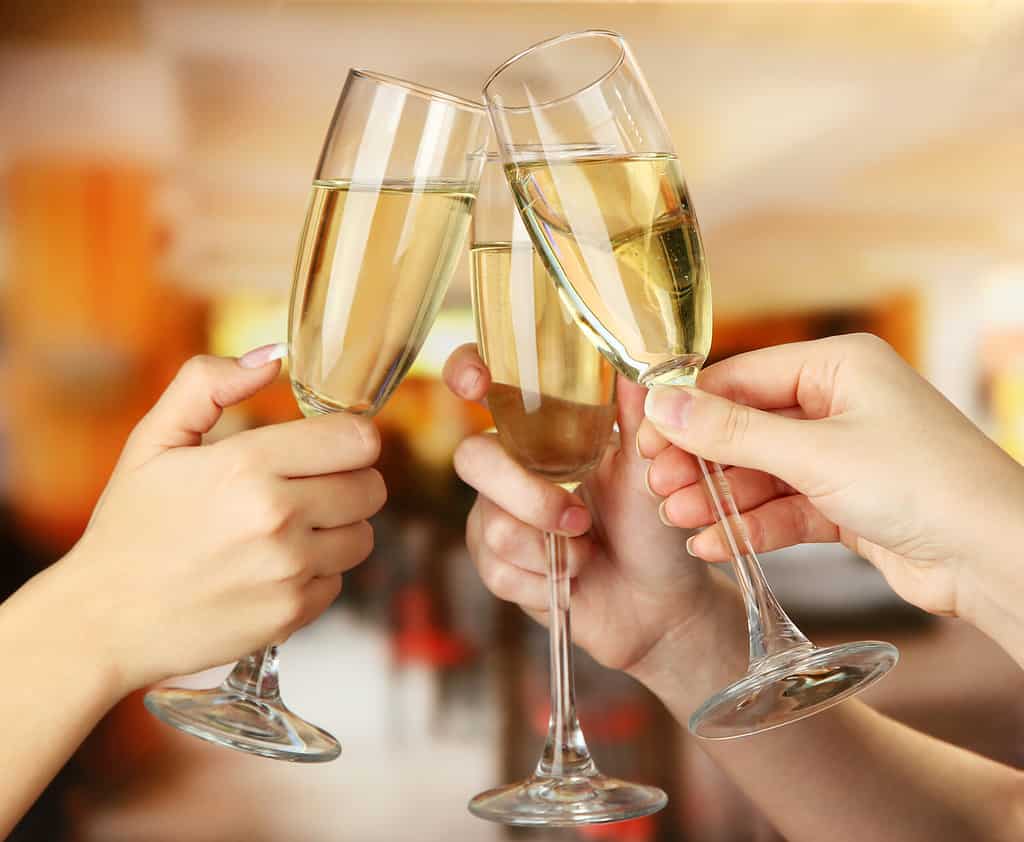
Understanding how to hold a champagne glass correctly isn’t just about etiquette; it significantly affects your overall champagne experience:
- Temperature Control:
Champagne is a delicate beverage, and its flavors are best expressed when served at the right temperature. Holding the glass correctly helps maintain the ideal serving temperature, ensuring you experience the champagne as the winemaker intended. - Carbonation Preservation:
The effervescence of champagne is not just visually appealing; it also affects the texture and flavor profile. Proper holding techniques help maintain the bubble integrity, enhancing the overall tasting experience. - Aroma Appreciation:
A significant part of enjoying champagne comes from its aromatic complexity. The right glass choice and holding technique can dramatically affect how these aromas are released and perceived. - Visual Appeal:
Champagne is often associated with elegance and celebration. Knowing how to hold a champagne glass properly adds to the visual aesthetics of the experience, whether you’re at a formal event or a casual gathering.
Common Mistakes to Avoid When Holding Champagne Glasses
Even with the best intentions, people often make mistakes when holding champagne glasses. Here are some common errors to avoid:
- Gripping the bowl tightly: This not only warms the champagne but can also leave unsightly fingerprints on the glass.
- Holding the glass at an angle when not drinking: This increases the risk of spills and accelerates the loss of carbonation.
- Swirling champagne like still wine: While swirling can help release aromas in still wines, it can cause champagne to lose its bubbles more quickly.
- Using the wrong glass for the occasion: While a coupe glass might look stylish, it’s not the best choice for preserving carbonation at a long event.
Champagne Glass Etiquette in Different Settings
How you hold your champagne glass might vary slightly depending on the setting:
- Formal Events:
Stick to holding the glass by the stem, maintaining an elegant posture. - Casual Gatherings:
While proper holding techniques are still beneficial, the atmosphere may be more relaxed about strict etiquette. - Champagne Tastings:
In professional settings, holding the glass by the stem is crucial to avoid temperature changes and to allow for proper evaluation of the wine’s characteristics.
Conclusion
Learning how to hold a champagne glass properly is a small but significant detail that can elevate your champagne-drinking experience. By keeping these tips in mind, you’ll not only preserve the quality of your champagne but also display a level of sophistication and respect for the beverage.
Remember, the key points in how to hold a champagne glass are:
- Hold by the stem for optimal temperature control and bubble preservation
- Choose the right glass for your setting and preferences
- Avoid common mistakes like gripping the bowl or excessive swirling
Whether you’re toasting at a wedding, enjoying a quiet celebration at home, or attending a formal gala, these guidelines for how to hold a champagne glass will ensure you get the most out of every sip of bubbly. Cheers to enhancing your champagne experience!


